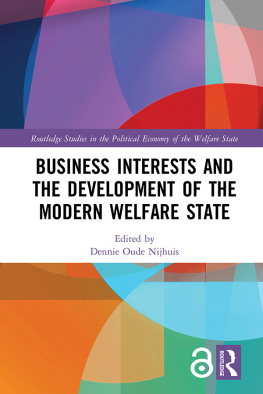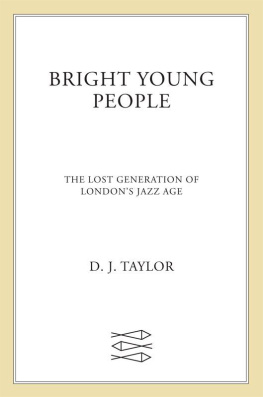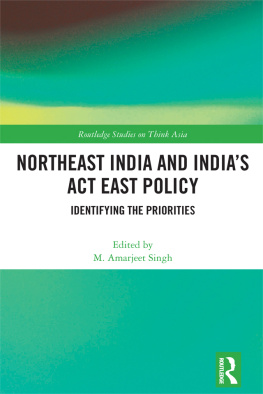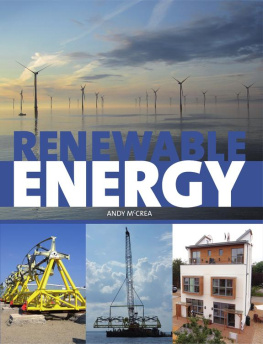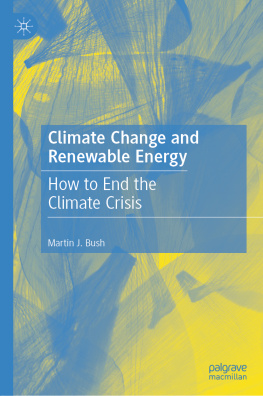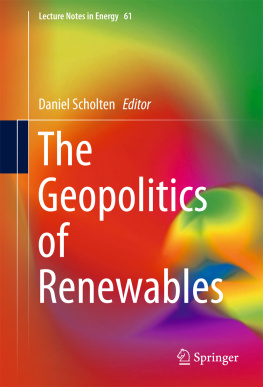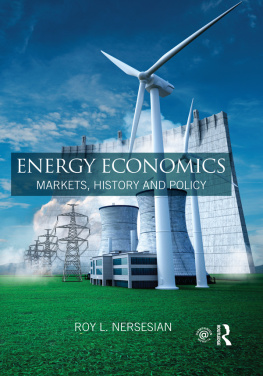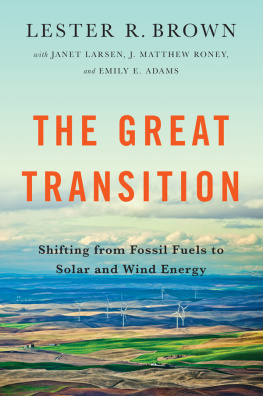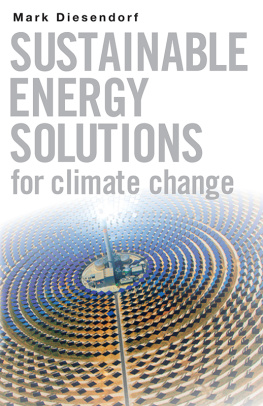THE FALL AND RISE
OF NUCLEAR POWER
IN BRITAIN
THE FALL AND RISE
OF NUCLEAR POWER
IN BRITAIN
A History
Simon Taylor

Contents
Acknowledgements
Many people have kindly helped me with this book, through interviews, suggestions for people to contact, sharing their knowledge and general support. They of course bear no responsibility for what Ive written.
I would like to thank: Robert Armour, Peter Atherton, Lord Birt, Jonathan Brearley, John Burnham, Roger Cashmore, Greg Clark, Bent Flyvbjerg, Mark Higson, Lord Howell, Chris Huhne, Julian Huppert, Sue Ion, Professor Sir David King, David MacKay, Geoffrey Norris, Richard Nourse, Willy Rickett, Andrew Shepherd, Adrian Simper, Geoffrey Spence, Tim Stone, Stephen Tindale, Lord Turnbull and Baroness Worthington.
Ive learned a lot over the years from my Cambridge colleagues, both in the Energy Policy Research Group, Bill Nuttall and Michael Pollitt, and in the Engineering Department, Cam Middleton, Tony Roulstone and Eugene Shwageraus. Im very grateful to Shanshan Qiao for taking me to the Daya Bay nuclear station and to John Parsons for introducing me to the nuclear experts of MIT.
Niall Mansfield did an excellent job of editing the manuscript.
And I owe special thanks to Laura-Lucia Richter.
Introduction:
Setting the scene
This book tells the story of the rise, fall and second ascendancy of nuclear power in the UK.
It is a story in roughly three acts. The first begins with the birth of civil nuclear power in the 1950s, which brought high hopes for cheap electricity, energy security and export success. These hopes were soon frustrated, but the dream that the UK could build a new, world-leading industry only really faded in the 1980s, when it became clear that the country had cut itself off from the industry-standard reactor types, which were dominated by US designs.
When the Thatcher government, sympathetic to nuclear, privatized the electricity industry, the process revealed how much wishful thinking, if not deceit, there had been in the UKs nuclear sector. British stations, it turned out, were unreliable, costly, and subsequently unsaleable, and were therefore put into a form of long-term managed decline.
In the second act, good management and honest accounting gave the nuclear stations a new lease of life, this time in the private sector. An initially sceptical stock market fell in love with the company created to manage nuclear power, British Energy (BE). However, hubris, financial mistakes and some bad luck led to the government having to rescue a near-bankrupt British Energy in 2002.
Having failed in both the public and private sectors, in the early 2000s the reputation of nuclear power in the UK was at an all-time low. This was when the third act began. As the government of Prime Minister Tony Blair started to examine long-term energy challenges, it found there were two reasons to look again at nuclear power: ageing electricity infrastructure and climate change.
With new optimism that public sector goals could be achieved through private sector efficiency, the government at first tentatively, then enthusiastically promoted nuclear power as something it would allow the private sector to build. The role of the state was to enable: to reform the planning system, ensure proper consultation and remove obstacles. New nuclear would be built without subsidy, and a new generation of safer, more efficient plants would be competitive in a market that factored in the price of damaging carbon emissions.
Then events intervened. A global financial crisis made funding these vast projects all but impossible. The new reactor designs turned out to be difficult and costly to build. Significantly, the governments intention of making energy decisions a matter for the market was defeated by the arrival of new, centrally planned targets. These arose from the European renewables directive and then from the UKs own ambitious Climate Change Act of 2008. The act committed the UK to decarbonizing its economy by 80% by 2050, an ambition greater and more specific in scope than that of any other nation.
The implications of the act were not immediately appreciated but over and again they led to a need for more nuclear power. Not only would there need to be investment to replace the ageing British-designed reactors, but also there would have to be a large net addition to capacity, not least because the plan to make fossil fuel stations clean by adding carbon capture and storage (CCS) technology looked increasingly doubtful. Onshore wind farms were economic but unpopular. Offshore wind was acceptable but costly. Solar costs, originally very high, fell rapidly and raised hopes of being fully competitive in a decade or so. Nuclear, on the other hand, while costly and perennially delayed, and while still without a waste disposal solution, would work and would definitely cut carbon emissions.
Britain no longer having indigenous reactor technology meant it had to pick from Japanese, French and American options. The finance too would have to come from abroad probably from China. The role of the British consumer was simply to pay a very high price for the resulting carbon-free electricity.
It was clear by 2015 that if new nuclear was going to be built it would be with very heavy state involvement: a 35-year power price contract and a state guarantee for the billions of pounds of required financing. The government argued that these policies were justified by the goal of decarbonization. Surprisingly, the European Commission (EC) agreed and approved the deal for the first nuclear station in 20 years, Hinkley Point C (HPC). However, construction still didnt start, mired in disputes between the French and Chinese investors and in contractual arguments with the government.
The outcome of the third act is therefore currently unclear, but it is likely that new nuclear power will happen. It is difficult to see how the government, under pressure to hit the Climate Change Acts carbon budgets, can do without nuclear power, even if the more optimistic forecasts of falling solar costs prove correct. The act has turned into a machine for enforcing investment decisions, just as its proponents intended. What they may not have intended is that it would commit British electricity customers to paying for the most expensive power station in history.
The British nuclear drama is about government policy, about engineering hopes and overambition, and about good intentions and honest mistakes. There is plenty of luck along the way, most of it bad, in the form of external events such as the financial crisis, the Fukushima disaster and the effect of other countries policies on the UK. Public opinion, once jaded by years of secrecy, false promises of lower costs and scandals at the nuclear reprocessing facility in Sellafield, now appears positive or at least acquiescent.
The latest attempt to make the UK a leading nuclear energy nation is based on a noble ambition to lead the battle against climate change, despite the country accounting for less than 2% of global emissions. Having contributed to the historical growth of carbon dioxide in the atmosphere, the UK certainly has a moral responsibility to help prevent catastrophic damage to the planet. Whether that responsibility is best discharged by spending tens of billions of pounds to make a marginal cut in global emissions is questionable.
If new nuclear eventually goes ahead, it will be at the behest of the UK governments newest friend, the Peoples Republic of China. A country with which the UK has a controversial history is now essential to the financing and rebuilding of British infrastructure. This could turn out to be a major opportunity for the UK but there is plenty of scope for misunderstandings along the way. What is clear is that the UKs energy policy, one of the most important areas of state responsibility, is no longer entirely in the hands of the British.
Next page


